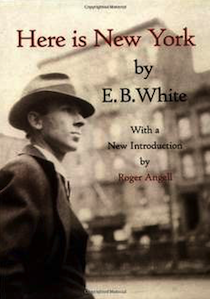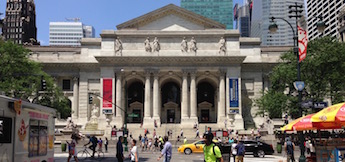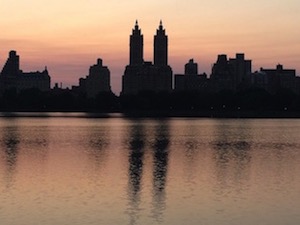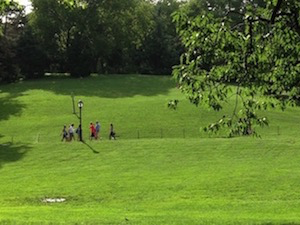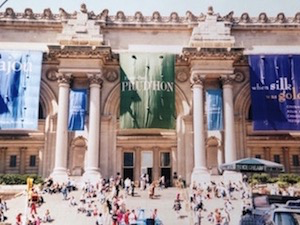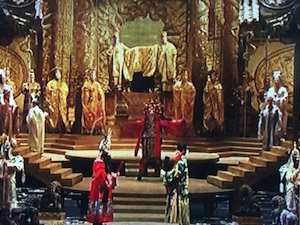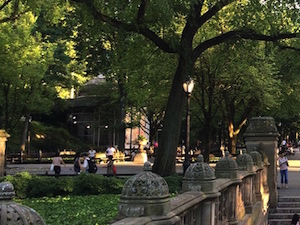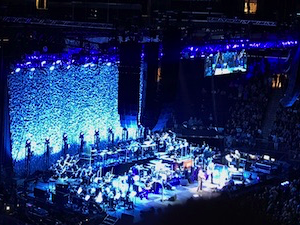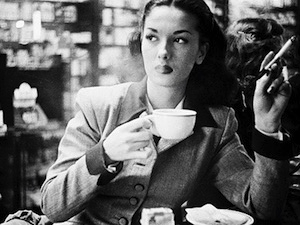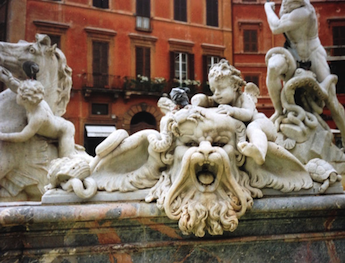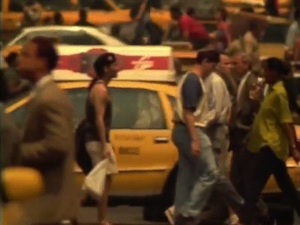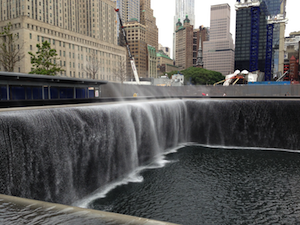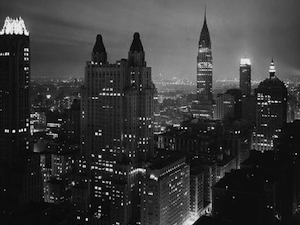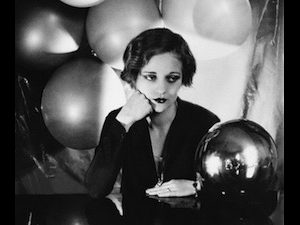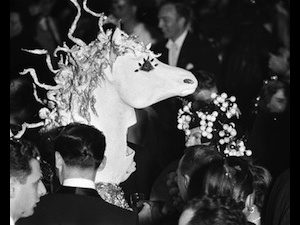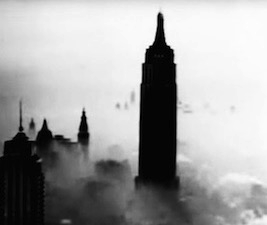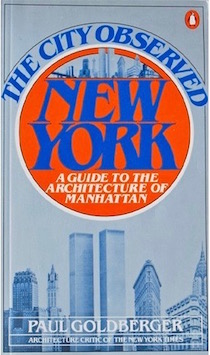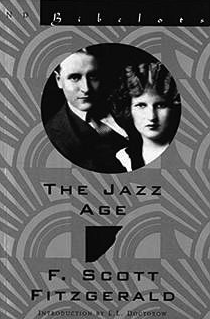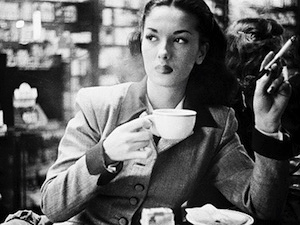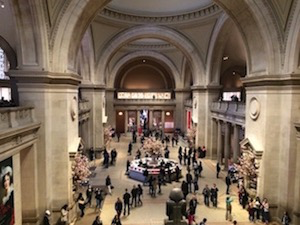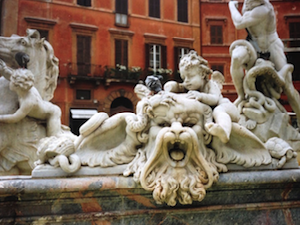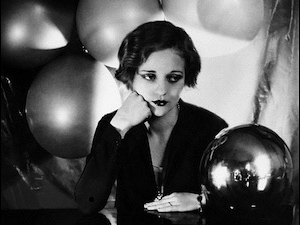E.B. White
Author of Charlotte’s Web and Stuart Little, E.B.
White turns his wizardry toward a treatment of the phenomenon of life in New York City.
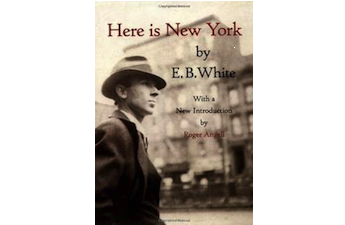
Despite the endless changes in the city since its publication in 1949, White’s essay, Here is New York, still resonates, revealing the difficulties and delights of life in the city and eerily anticipating September 11, 2001.
The latest edition of Here is New York, published by The Little Book Room, includes a bittersweet introduction by White’s kinsman Roger Angell of The New Yorker, author of The Summer Game, The Five Seasons, and This Old Man.
Paul Goldberger
Paul Goldberger’s The City Observed – New York: A Guide to the Architecture of Manhattan is a fascinating collection of short essays considering a varied selection of buildings throughout the borough of Manhattan, from Beaux Arts institutions and Art Deco skyscrapers to Urban Renewal Housing projects and Modernist landmarks.
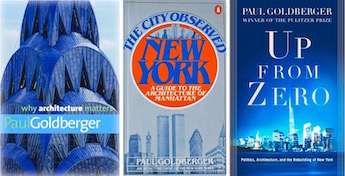
Always opinionated, always strong in voice, Goldberger not only calls attention to cornices, cartouches, roundels, pilasters, porticos, and balustrades, but also discusses the buildings in the context of their history and their surroundings.
The passion of his writing and his passion for New York reveal the fact that when you chase the architecture you find the city.
Goldberger has written about architecture for The New York Times, The New Yorker and Vanity Fair and was awarded the Pulitzer Prize in 1984. His later works include Up from Zero, Why Architecture Matters, and The Life and Work of Frank Gehry.
F. Scott Fitzgerald
The full text of Fitzgerald’s “My Lost City” (1932),
quoted here,
is included in the delightful tiny anthologies, The Jazz Age and The Crack-Up, both published by New Directions. The collection includes companion essays to “My Lost City” —
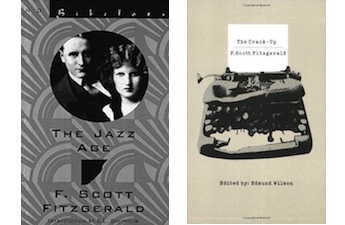
“Echoes of the Jazz Age” (1931) Fitzgerald’s reflections on “an age of miracles, an age of excess” and “the generation that overreached itself.”
“The Crack-Up” (1936) Fitzgerald’s lament of his isolation and withdrawal from the world, “a crackup he scarcely knew of until long after.”
“Early Success” (1937) Fitzgerald’s account of a “single gorgeous moment when life was literally a dream.”
— Frank Alagno
